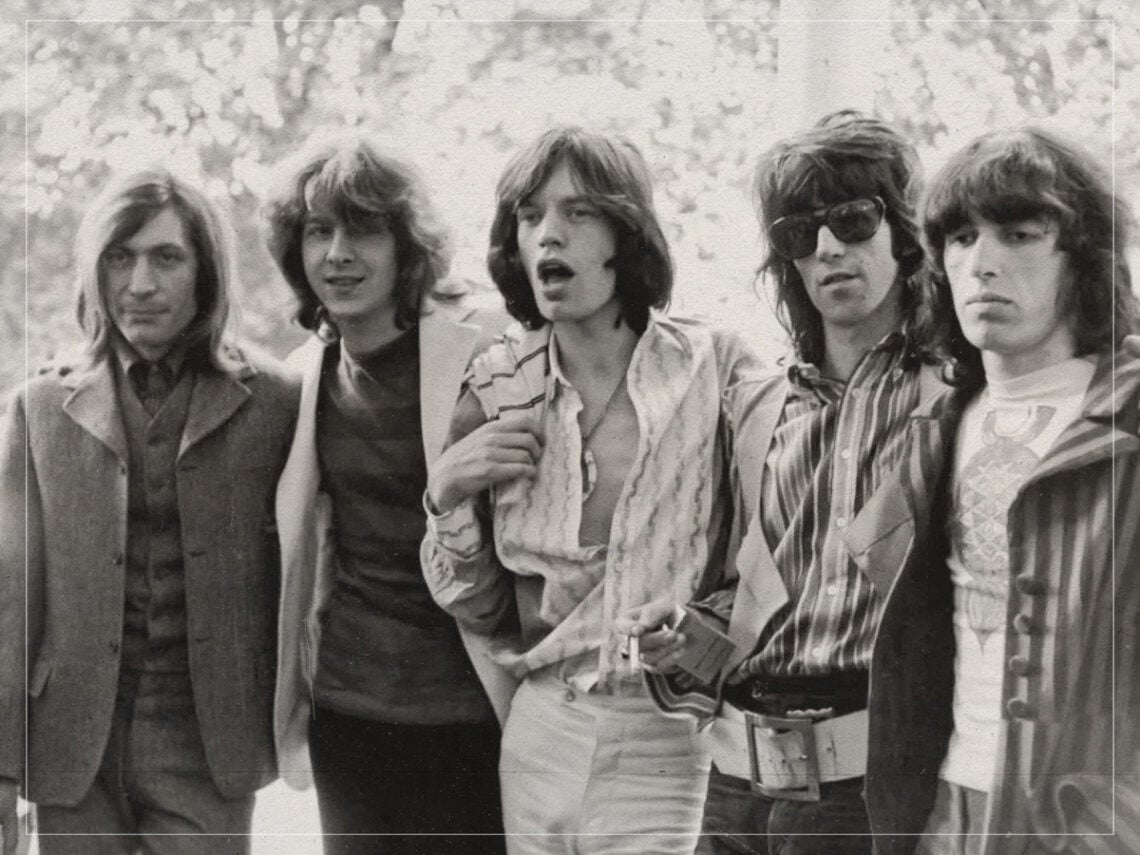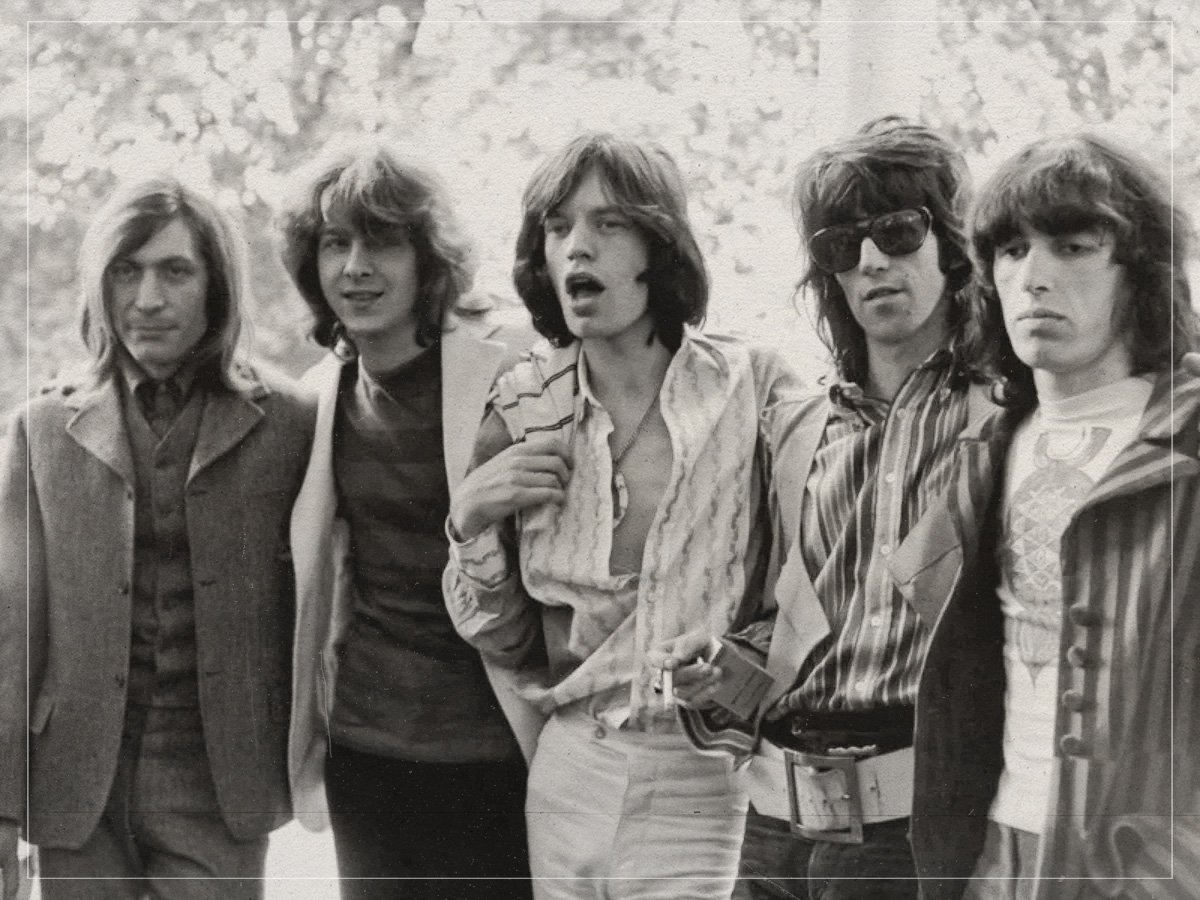
(Credits: Far Out / Alamy)
Experiencing a drip-fed kind of success throughout the 1960s, The Rolling Stones were a quintessentially British band like their Beatles counterparts, but unlike the instant Transatlantic success of the Fab Four, who broke America by 1964, The Stones failed to conquer Stateside in one fell swoop. Instead, they earned themselves an audience slowly, shaped by changing trends, performing on The Ed Sullivan Show in February 1964, entering the Billboard Hot 100 with ‘(I Can’t Get No) Satisfaction’ in 1965, and earning themselves five number-one singles overall before the end of the decade.
Although Keith Richards noted in 1971 that The Rolling Stones would never have made it in America if it weren’t for The Beatles, The Stones were much more rebellious in comparison, rejecting white consumerism and giving voice to sexual tension. Their sound held a strong connection to blues and swaggering Southern rock, like their debut studio album, which featured several blues and R&B covers, including Howlin’ Wolf’s ‘Little Red Rooster’ and Muddy Waters’ ‘I Just Want to Make Love to You’. Covers made up most of the band’s setlist on their first visit across the pond in 1964; they seemingly soaked up whatever was in front of them at the time and made it their own.
The time following up to their 1971 studio album, Sticky Fingers, involved a string of events. The butterfly effect of Mick Jagger and Keith Richards writing breakthrough singles ‘The Last Time’ and ‘(I Can’t Get No) Satisfaction’ years earlier, and in later years, looming heavy, the death of founding member Brian Jones in 1969. Alongside this, rock ‘n’ roll became significantly darker following the intense social changes taking place in 1969.
The same year saw Richie Havens improvise ‘Freedom’ at Woodstock after he was out of material, playing for hours. On the other end, four people died while more were injured at the infamous Altamont concert, in California, where The Stones were the closing act. One of these deaths was that of Meredith Hunter, who was stabbed to death by a Hells Angels security guard at the venue.
Considered a turning point for Mick Jagger and co, Sticky Fingers didn’t just cement the end of ‘flower power’ but marked an independent chapter for the Stones, and the first album to feature guitarist Mick Taylor in full power. Released on the band’s label, Rolling Stones Records, the album allowed the band complete control over their image, and they returned to their original, blues-based sound. This led to them working with artist Andy Warhol to design the infamous album cover, which features the bulge of Warhol’s lover Joe Dallesandro. The cover was banned in Spain and replaced by a less racy can of treacle fingers.
On record, substance abuse bled into multiple tracks including ‘Sister Morphine’ and ‘Moonlight Mile’, while ‘Sway’ conveyed the loss of control which comes hand-in-hand with a rock ‘n’ roll lifestyle. Or, as Jagger referred to it, “It’s just a demon life that’s got me in its sway”. Wanting to cultivate even more of a rebellious edge, the band penned the controversial ‘Brown Sugar’, which topped the Billboard 100, exploring the sexual exploitation of a Black woman as part of its narrative. Being 1971, this didn’t stop Sticky Fingers reaching the top spot and conquering both sides of the Atlantic simultaneously.
Related Topics
Subscribe To The Far Out Newsletter
